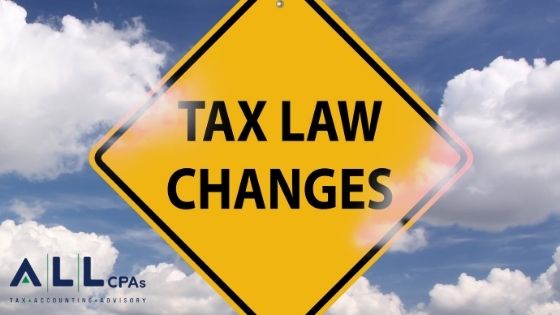
The Employee Retention Tax Credit (ERTC), a provision of the Coronavirus Aid, Relief, and Economic Security (CARES) Act, encourages companies to maintain their workforce by providing eligible businesses with a fully refundable tax credit on qualified employee wages.
The Consolidated Appropriations Act of 2021 (CAA), which was signed into law in December 2020, provides businesses with additional relief by extending the ERTC through June 30, 2021.
The ERTC originally provided a 50 percent tax credit on qualified wages of up to $10,000 per employee for 2020, or a maximum credit of $5,000 per eligible employee. Under the CAA, however, the ERTC credit has increased to 70 percent and the credit is allowed for each employee per quarter. If all eligibility requirements are met, businesses may claim a total of $14,000 credit per employee for the first two quarters of 2021.
The ERTC is allowed against the employer’s share of social security taxes, and the remaining amount is fully refundable. The credit received reduces the amount of the tax deduction allowed for the related wages, so the credit will be treated as income in the year received.
Determining ERTC Eligibility
Businesses and tax-exempt organizations are eligible for the ERTC if they meet one of two qualifications:
- Compliance with a governmental order which fully or partially suspended business operations due to COVID-19 restrictions during the period between March 12, 2020 and December 31, 2020. Please reach out to your ALL contact if you want to discuss whether your business may qualify for this credit based on a government order.
- A sizable reduction in gross receipts during a calendar quarter. The CAA dropped the gross receipts threshold from 50 percent to 20 percent for wages paid from January 1 through June 30, 2021. Businesses can meet this threshold in various ways. For example, if gross receipts declined more than 20% in the first quarter of 2021 when compared to the same period in 2019, or in the fourth quarter of 2020 when compared to the same quarter in 2019, then the business can claim the ERTC credit.
Defining “Qualified Wages”
The definition of “qualified wages” depends on the average number of full-time workers employed by the business. In 2020, if an employer had 100 or fewer employees, wages would qualify for the credit if they were paid to employees whether or not they were providing services. If the employer had more than 100 employees, qualified wages were only those paid to employees who were not providing services due to COVID-19 related conditions (see ERTC Eligibility section). The employee count is based on full-time employees and full-time equivalent employees in the 2019 tax year. Qualified wages also include the cost of health insurance provided to eligible employees.
The CAA modified the ERTC to increase the employee limit from 100 to 500 employees. Therefore, if the business had 500 or fewer full-time employees in 2019, it can use wages paid to employees regardless of whether the employees provided services from January 1, 2021, through June 30, 2021. This increase will allow many more businesses to qualify for the ERTC in 2021.
The Affiliation Rule applies to controlled groups of corporations, commonly controlled businesses, and affiliated service groups. Under this rule, all affiliated entities are treated as a single employer for purposes of counting the number of employees, determining if there has been a significant reduction in gross receipts, and whether there has been a full or partial suspension of business under a government order.
PPP Loan Recipients May Be Eligible for the ERTC
Originally, PPP loan recipient companies could not qualify for the ERTC if they received the first round of PPP loan proceeds. However, the CAA made a significant retroactive change that allows businesses that received the first round and/or the second round of PPP loan proceeds to be eligible for the ERTC, provided that the same wages are not used for both the ERTC and PPP. Due to this change, more businesses may be able to retroactively claim the ERTC on 2020 qualified wages.
How to Claim the ERTC
When filing their tax returns, businesses should report the ERTC credit on Form 941, Employer’s Quarterly Federal Tax Return. For those businesses following a calendar year reporting schedule, the first quarter 2021 Form 941 is due on April 30.
A business may qualify for an advance payment of the ERTC; however, additional guidance on this aspect has not yet been issued. The advance payment will be calculated on 70 percent of the average payroll for the same quarter in 2019. Once Form 941 is filed, there will be a reconciliation of the advance payment.
For 2020 wages eligible for this credit, an amended 941 needs to be filed to get a refund. The same wages for the credit and PPP loan forgiveness cannot be used.
If you have questions about the Consolidated Appropriations Act of 2021, including qualifications for the ERTC or other tax matters, please contact your ALL tax advisor or call us at 617-738-5200.
Recent Articles
Rising Construction Costs from COVID-19 Lead to New Bidding Approaches
Like other essential industries, t [...]
Nexus Requires Compliance and Begins by Filing Tax Returns
“Nexus” may sound like the name of [...]
The Impact You May See from the Build Back Better Act’s Tax Changes
The Build Back Better Act came und [...]




